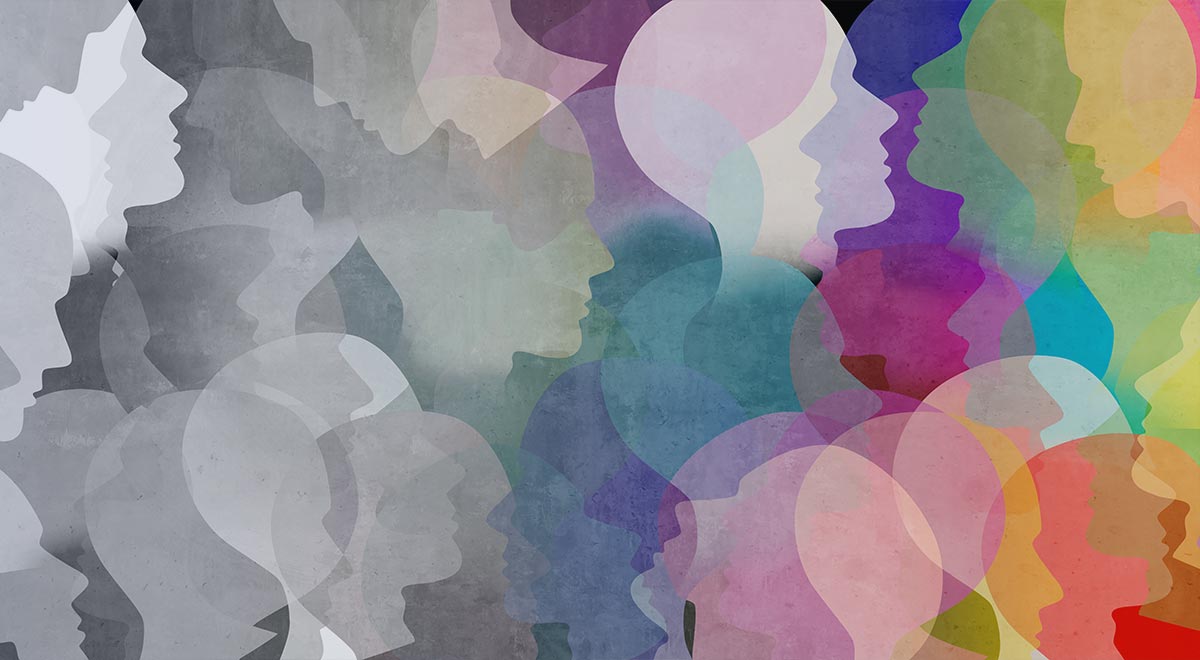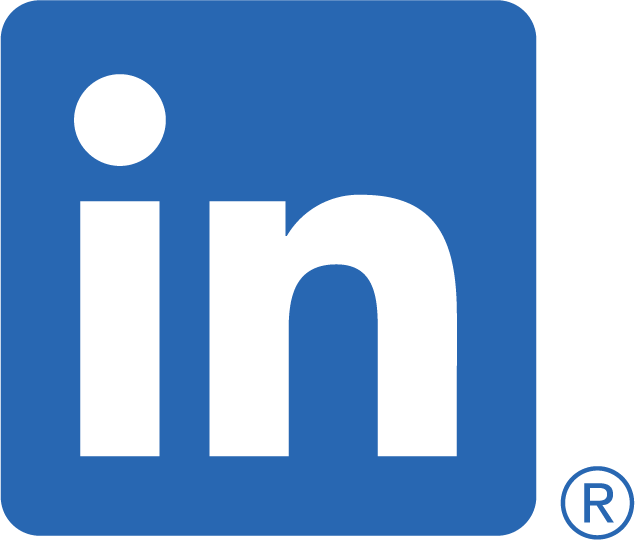The Missing Piece in the Diversity & Inclusion Puzzle
Blog

istock.com/wildpixel
14 September 2020
Truth be told, cultivating a truly diverse and inclusive work culture is not always easy. Especially when little attention is paid to the individual nuances and collective impact of the two. While there are clear distinctions, diversity and inclusion are always intertwined. In fact, in many ways, inclusion is a pre-requisite for the successful functioning of a diverse workforce.
To build and reap the benefits of a truly diverse and inclusive workplace, it’s important to dig deeper and understand what meaningful D&I looks like.
Cultivating True Diversity
Even in their attempt to be diverse, many organizations do not seem to look beyond ethnicity and gender. But true diversity in the workplace demands equal representation – of different cultures, race, caste, genders, religion, socio-economic status, physical disability, age, and more. For leaders who want to break out of homogeneity, it is critical to consider each of these demographic characteristics.
At this point, it is important to remember that diversity is not a checkbox that one can tick and move on. If building a non-homogenous workforce is part of an organization’s policy, it needs to be implemented across all levels and roles. This means putting in intentional effort into hiring and promoting on the basis of diversity. It is almost human nature to hire people who come from familiar backgrounds. However, with hiring for diversity as a goal, leaders must actively look for cultural and social differences instead of compatibility.
But simply bringing on board a roster of demographic differences has little positive effect unless inclusivity is part of the culture.
The Meaning of Meaningful Inclusion
The goal of inclusivity is to make every individual in the organization feel welcomed and included regardless of their religious beliefs, background, caste, gender, or sexuality. This does not mean overlooking and ignoring the dissimilarities. On the contrary, inclusivity is all about acknowledging and respecting differences, while creating an equal environment for individuals with diverse backgrounds and beliefs to be seen and heard.
Among the many vital elements of meaningful inclusion, a critical one is creating a safe space for new ideas, perspectives, and feedback to be shared. Leaders must work towards creating an environment where all employees, across levels, feel safe to express themselves with transparency and confidence.
While a culture of inclusivity is rooted in respect, the truth is that one cannot respect something they do not have complete knowledge of. Simply put, for diversity and inclusion initiatives to be effective, leaders must not shy away from talking about social, economical, and cultural differences in a positive light. This encourages and enables teams to learn about different cultures and truly value each other’s differences. Inter-team exchange programs, including a variety of festivals in the employee engagement calendar, are a couple of ways to achieve inclusivity within teams.
When it comes to creating a culture of inclusivity, there needs to be accountability for change. Leaders need to track and assess progress towards their D&I goals to ensure transformation. Like we always tell our clients, diversity & inclusion isn’t achieved overnight with a couple of new hires. It is an ongoing process that needs to be measured for impact.
The bottom line is to intentionally create an authentic and human environment where people from all walks of life feel welcomed and respected. This approach positively impacts both, individuals and organizational performance.








